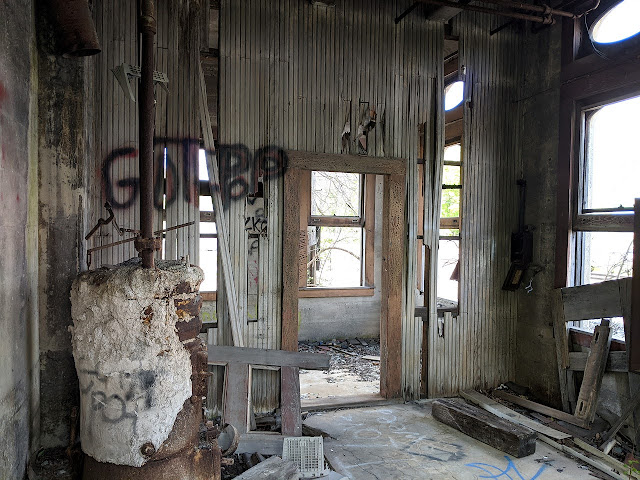Here is Part 2 of my May 2020 trip with Kevin Painter into the coal region of Eastern Pennsylvania to check out the recent improvements made to the Reading and Northern railroad that operates on the former Reading Railroads freight network in the region. You can find Part 1, which covers the North Reading terminal, Reading Railroad Heritage Museum and R&N Port Clinton yard freight engines, right here. Part 2 will cover passenger stock at Port Clinton, following the line up to Tamaqua and then catching the North Reading Fast Freight at East Mahanoy Junction. The entire set of photos can be found here ( mirror ).
Originally founded as a tourist operation on the former Pennsylvania Railroad Schuylkill Valley branch, the Reading and Northern has always had a strong commitment to passenger operations and current runs excursions out of its North Reading terminal as well as the former CNJ station in Mach Chunk, PA with the latter branded as the Lehigh Gorge Scenic Railroad. Some of the LGSR equipment was in Port Clinton, including this ex-Reading Blueliner, converted into an unpowered coach.
Although they are becoming increasingly difficult to maintain, the R&N has a pair of Budd RDC cars, that are a frequent and popular presence on the North Reading excursion runs.
Former Reading signal gantries, rescued from around the R&N network, currently stand empty, but will likely host live signals if the CTC project ever includes the Port Clinton yard.
New split block signals at Milepost 87 south of New Ringgold, on the way to Tamaqua.
The next major base of operations north of Port Clinton is South Tamaqua Yard. There we found R&N SD40-2's #3052 and #3056 hanging out next to caboose #92850.
The Reading and Northern also owns some ultra rare SD38's, one of which, #2003. was standing near Tamaqua Yard office. Only 50 of these were built for North American railroads with another 90 of the -2 variety.



















































